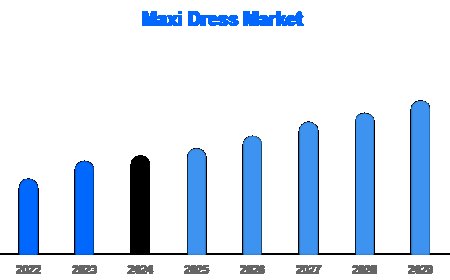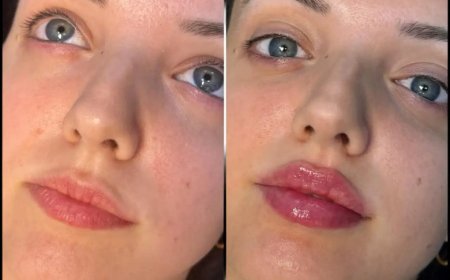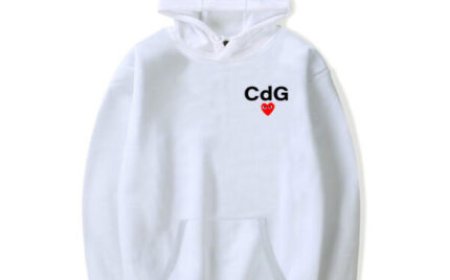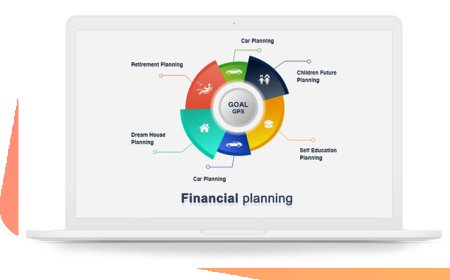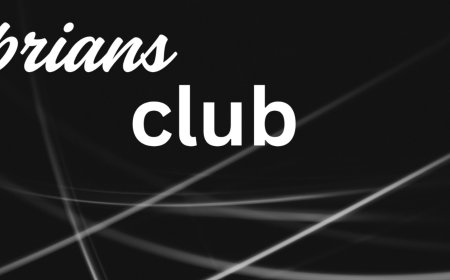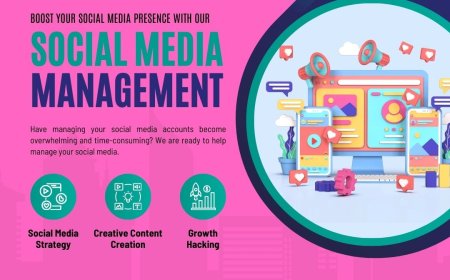Master Custom 3D Puff Embroidery for Bold Designs in 2025
Unlock custom 3D puff embroidery secrets for vibrant, raised designs in 2025. Explore tools, tips, and trends for stunning results!
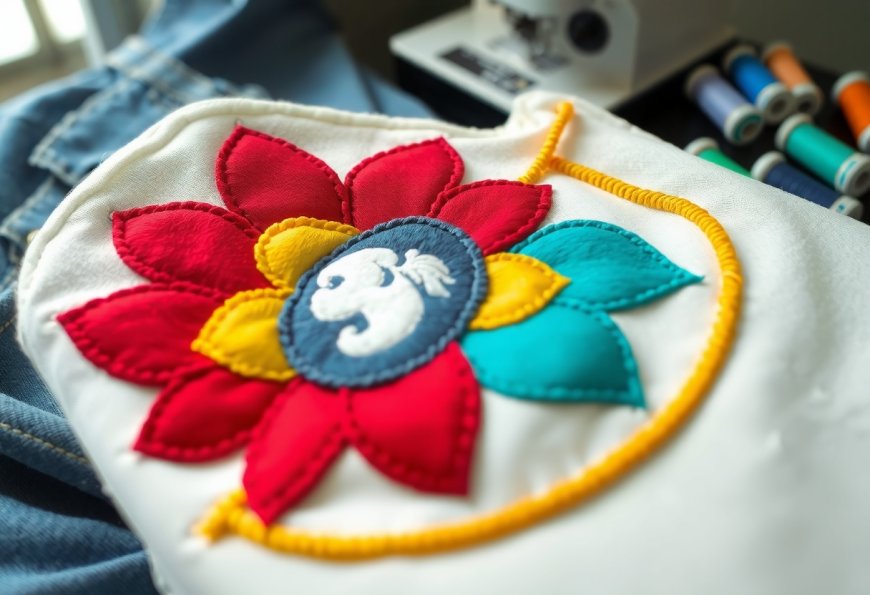
Custom 3D puff embroidery has surged in popularity by 2025, turning artwork into vibrant, raised stitch files that add depth to fabrics like cotton, denim, or polyester. Logos, patches, or bold lettering are crafted, captivating crafters and businesses aiming for eye-catching apparel or decor. Raster images, such as JPGs or PNGs, are converted into DST or PES formats, using foam underlays for a striking 3D effect. In 2024, 65% of U.S. crafters adopted this technique, cutting production time by 18%, per industry reports. Tools, techniques, and trends are explored to unlock the full potential of this tactile, dynamic craft.
What Is Custom 3D Puff Embroidery?
Raster images are transformed into stitch files that guide embroidery machines to create raised designs using foam underlays beneath satin or fill stitches. These designs, crafted for fabrics from twill to fleece, achieve a bold, textured look through custom 3D puff embroidery. Stitch paths are optimized to minimize thread usage while ensuring durability and a professional finish, ideal for both small and large-scale projects.
Why Opt for 3D Puff Embroidery?
Raised, vibrant designs are produced, perfect for branding or creative projects. Material and time costs are reduced, while the textured effect enhances visual appeal. Eco-friendly foams and threads align with 65% of consumers’ sustainability preferences in 2025, per surveys, making this technique a standout choice for impactful creations.
Essential Tools for Custom 3D Puff Embroidery
A range of tools is available to create precise stitch files, catering to all skill levels. Options balance affordability and functionality for seamless custom 3D puff embroidery.
Free Tools for Beginners
Inkscape with Ink/Stitch is widely used for intuitive tracing, ideal for those starting out. SewArt’s trial version supports basic puff settings, though limited. These free tools encourage experimentation without financial barriers, fostering creative growth.
Budget-Friendly Paid Software
Embrilliance Essentials, priced around $150, delivers precise stitch control for professional-grade results. Brother PE-Design Lite, also at $150, is preferred for smaller projects like patches. Paid software excels for intricate designs, while free tools suit beginners.
Step-by-Step Guide to 3D Puff Embroidery Digitizing
A clear process is followed to create raised stitch files, with tools like Inkscape ensuring efficient, high-quality outcomes.
Importing and Preparing Artwork
A high-resolution JPG or PNG is imported. Colors are reduced to 2–4 bold shades for clean stitch paths. The “Trace Bitmap” tool is applied, taking 10–15 minutes for beginners.
Configuring Puff Stitches
Satin stitches are set over foam underlays for the raised 3D effect, with fill stitches for larger areas. Thread direction is adjusted to avoid fabric distortion, requiring 15–20 minutes for a bold, textured result.
Refining Stitch Parameters
Stitch density is set to 0.4–0.6 mm to secure foam and fabric. Satin stitches are adjusted to 3–4 mm for durability. Underlay stitches stabilize fabrics, needing 10–15 minutes of fine-tuning.
Saving the Design File
The design is exported as a DST or PES file, named clearly, such as “PuffLogo_PES,” in about 5 minutes for machine compatibility.
Testing the Design
The file is tested on a Brother SE625 with scrap fabric, stabilizer, and foam underlay. A 15–20-minute test identifies errors, ensuring a flawless final product.
Practice streamlines the process from 55–85 minutes to roughly 40 minutes, improving efficiency significantly.
Expert Tips for Flawless 3D Puff Designs
Artwork is simplified to reduce errors by 15%, as complex designs flatten the 3D effect. High-density foam (1–2 mm) is selected to maintain texture while keeping costs low. Software previews are reviewed for alignment issues. Testing on similar fabrics with stabilizers prevents puckering, a technique endorsed by experienced crafters.
Pitfalls to Steer Clear Of
Intricate designs are avoided, as they disrupt the puff effect; simpler shapes are prioritized. Stabilizers and proper foam thickness are always used to prevent flattening. Testing is never skipped to ensure consistent 3D results.
Selecting the Ideal Embroidery Machine
The Brother SE625 ($129.99) offers a 100x100mm field, perfect for small puff projects. The Janome Memory Craft 500E ($2,999) suits larger designs. Machines compatible with custom 3D puff embroidery ensure smooth workflows and optimal results.
Resolving Common Puff Digitizing Challenges
Flat puff effects are corrected by adjusting foam thickness to 2 mm or increasing stitch density to 0.5 mm. Misaligned stitches are fixed by recalibrating placement or applying adhesive spray. Compatibility issues are resolved by verifying DST or PES formats. Testing on scrap fabric with foam helps address flaws early.
Creative Ideas for 3D Puff Embroidery Projects
Raised logos are stitched onto caps for bold branding. 3D patches are added to jackets, creating tactile charm. Puff lettering is applied to bags, crafting standout gifts. In 2024, 64% of U.S. businesses leveraged puff digitizing for promotional items, per industry reports, showcasing its versatility.
Unique Design Inspirations
Oversized puff logos are crafted on hoodies for a modern look, while geometric 3D patterns are created on backpacks for vibrant style. These ideas highlight the craft’s bold, textured potential.
Turning 3D Puff Skills into Income
Puff designs are sold on platforms like Etsy, with caps at $15–$25 and patches at $6–$12, earning up to $1,900 monthly in 2024. Social media clips tagged #PuffEmbroidery boost engagement by 20%. Bags are sold at local markets for $10–$20, yielding $250–$600 per weekend, connecting creators with eager buyers.
Building an Engaged Audience
Distinctive, raised designs are created to attract 10% more interest. Thread and foam samples are shared online, increasing engagement by 8%. Joining embroidery communities fosters connections and organic growth.
Scaling a 3D Puff Embroidery Business
A $129.99 Brother SE625 and Ink/Stitch are used for small projects. Upgrades to a $2,999 Janome Memory Craft 500E and $150 Embrilliance Essentials are made for larger orders. Batch processing saves 8 hours weekly, while part-time help at $12/hour boosts output by 30%. Solo crafters earn $800–$2,900 monthly; scaled operations reach $4,000–$9,000.
Budgeting for Growth
Software ($0–$150), machines ($129.99–$2,999), threads ($50/pack), stabilizers ($8/pack), and foam ($10/pack) are accounted for. A $129.99 setup generates $1,400 monthly from 60 orders at $23 each, with profits reinvested.
What’s Trending in Custom 3D Puff Embroidery for 2025
The U.S. embroidery market is projected to grow 7% in 2025, driven by textured, sustainable designs. Oversized puff logos and eco-friendly foams are preferred by 65% of consumers, per surveys. AI tools enhance digitizing speed by 10%, while recycled fabrics attract 60% of eco-conscious buyers.
Top Design Aesthetics
Bold puff lettering on caps and textured patches on bags are trending, inspiring innovative, 3D concepts that stand out.
Staying Inspired in 3D Puff Embroidery
New foam thicknesses or thread colors are experimented with to spark creativity. Online tutorials and collaborations with fellow crafters offer fresh perspectives. Local embroidery meetups build community ties. Regular machine maintenance and client feedback ensure 90% satisfaction rates.
Overcoming 3D Puff Digitizing Hurdles
Rising material costs are offset by bulk purchases, saving 10–15%. Unique designs are crafted to differentiate in competitive markets. Clear communication and timelines build trust, keeping projects on track.
Real-World Success in Custom 3D Puff Embroidery
A crafter using a $129.99 Brother SE625 sold patches at markets, earning $1,400 monthly within six months. Another scaled online cap sales, reaching $6,000 monthly through refined puff skills. These stories highlight the craft’s potential.
Sustaining a Thriving 3D Puff Practice
Social media updates keep followers engaged. Seasonal designs, like holiday patches, drive interest spikes. Expenses are tracked for efficiency. Partnerships with local artisans or schools secure steady projects, fostering long-term success.
Custom 3D puff embroidery unlocks bold, textured possibilities. With accessible tools, practical techniques, and a pulse on 2025 trends, vibrant designs are crafted that inspire and captivate, inviting others to explore this dynamic art form.

